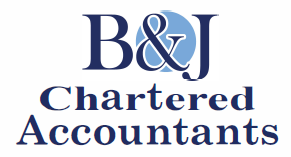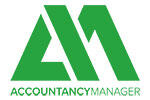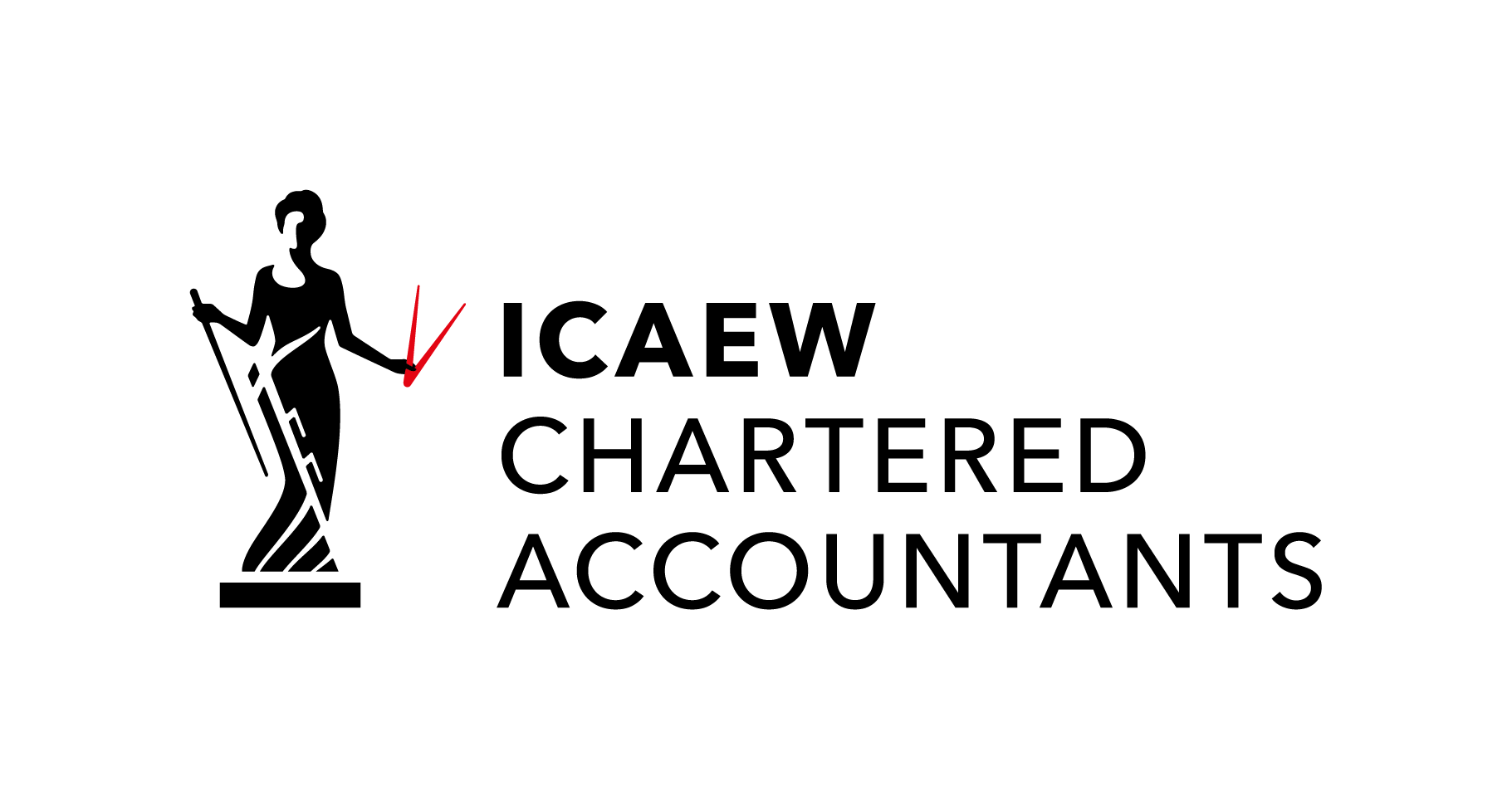How to adjust VAT when you agree a price reduction
One of your customers refused to pay a sales invoice five years ago, which resulted in you taking legal action. The legal process has now ruled that you must reduce your invoices by 50% of the original amount. How will you deal with VAT on these invoices?

No errors have occurred
When your business first issued sales invoices for these supplies, they correctly charged 20% VAT. You would have accounted for output tax on your VAT return according to the invoice date, unless you use the cash accounting scheme (CAS). In the latter case, you would never have accounted for tax because the customer refused to pay. So, there was no error made on any past return because the invoices were correctly issued. If you use the CAS, you cannot claim input tax until you pay your suppliers.
Regulation 38 adjustment
If you agree a “change in consideration” with your customer, i.e. the original value of a supply will either increase or decrease, the original VAT charge can be amended by what is commonly known as a “Regulation 38 adjustment”, a direct reference to the VAT legislation about price changes.
Most adjustments will be for price reductions and you can adjust the original VAT charge by issuing a credit note to your customer and reducing the Box 1 output tax figure on your next return. This assumes you do not use the CAS.
Your customer must reduce their input tax claim to reflect the price adjustment. The evidence for the reduction will be the credit or debit note you issued to them.
Why is it important?
A change in consideration can sometimes happen many years after your original sale, e.g. if you fail to deliver goods or perform services to an adequate standard, leading to a customer dispute and then a belated price reduction or even the cancellation of an invoice(s). The key issue is that there is no four-year time cap with a Regulation 38 adjustment, which is not the case with, say, arithmetical errors made on an invoice. Your five-year old invoice can still be corrected by issuing a credit note.
Example. Mike issued a sales invoice for £10,000 plus £2,000 VAT for some building work in 2019. Five years later, Mike’s customer realises that the work should have 5% VAT instead of 20%, as it related to work on a residential property that had been empty for more than two years. The customer asks for a price reduction of £1,500.
This is not a Regulation 38 adjustment; it relates to a VAT error on the original invoice. As more than four years have passed since the error, Mike cannot claim a £1,500 VAT refund from HMRC (the difference between 5% and 20% VAT) on his next return.
VAT-registered customers
If your customer is registered for VAT and able to fully claim input tax on their expenses, you can issue a credit note to reduce the price without adjusting the original VAT charge if both parties agree. This agreement is common with contingent discounts, where you issue a credit to your customer if they achieve a certain volume of sales in a specified period.
Regulation 38 adjustments are more important for customers who cannot fully claim input tax, e.g. a charity or business that only makes exempt sales.
Related Topics
-
Selling online - what’s HMRC’s latest guidance?
Recently published guidance which suggests that as an online seller you may have to report to HMRC even if you’re selling personal possessions you no longer want. Is this actually true?
-
Business rates reform - where are we now?
You need to delve into the small print of the Autumn Budget to find details of changes to the business rates. You’ll find that instead of the promised help for high-street businesses many will face higher charges in April 2025. What’s the full story?
-
New disclosure facility for R&D claims launches
A new disclosure facility for companies to rectify inaccurate, historic R&D claims, has been launched. Who might be affected, and how should you use it if you need to?




 This website uses both its own and third-party cookies to analyze our services and navigation on our website in order to improve its contents (analytical purposes: measure visits and sources of web traffic). The legal basis is the consent of the user, except in the case of basic cookies, which are essential to navigate this website.
This website uses both its own and third-party cookies to analyze our services and navigation on our website in order to improve its contents (analytical purposes: measure visits and sources of web traffic). The legal basis is the consent of the user, except in the case of basic cookies, which are essential to navigate this website.